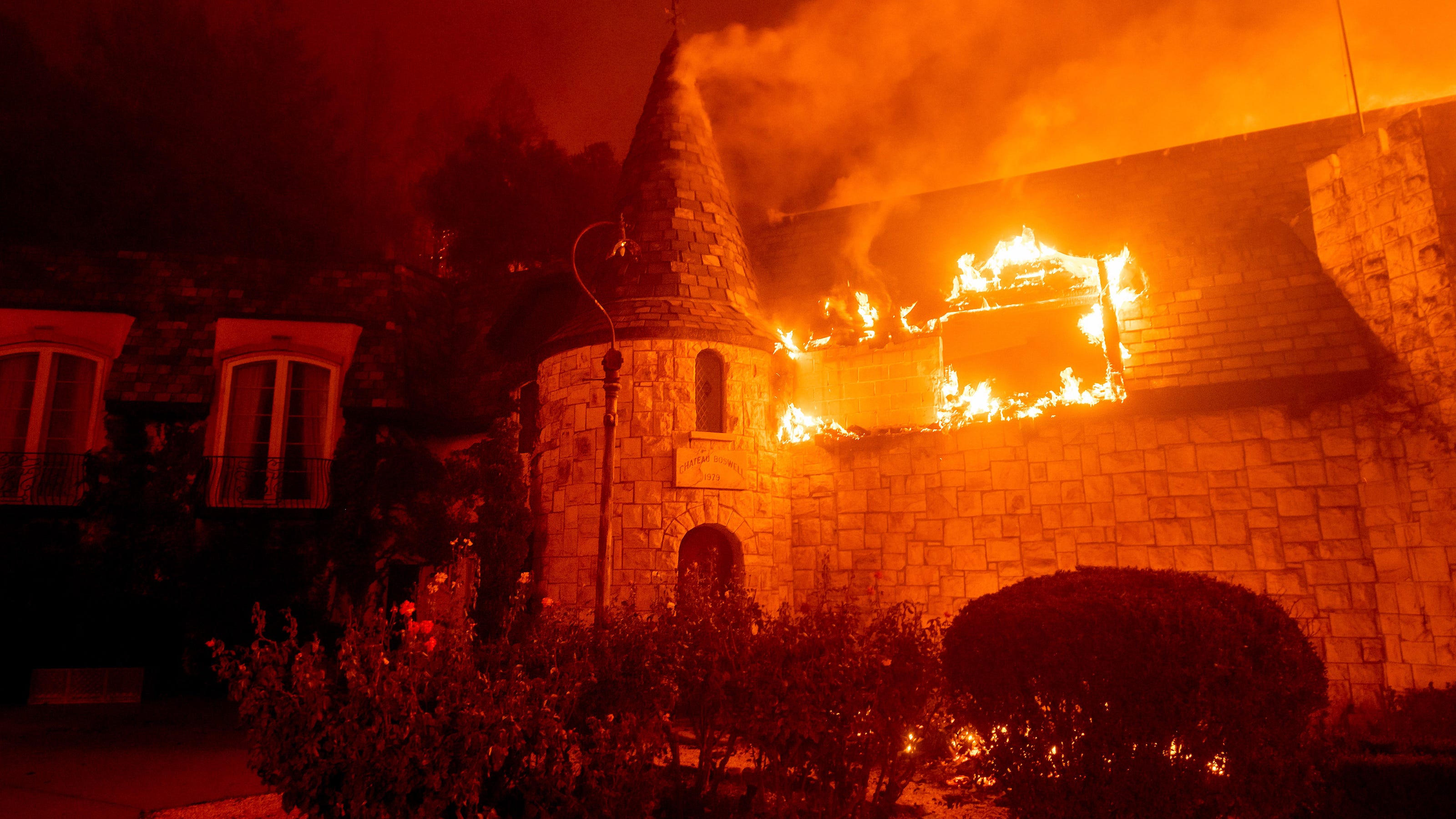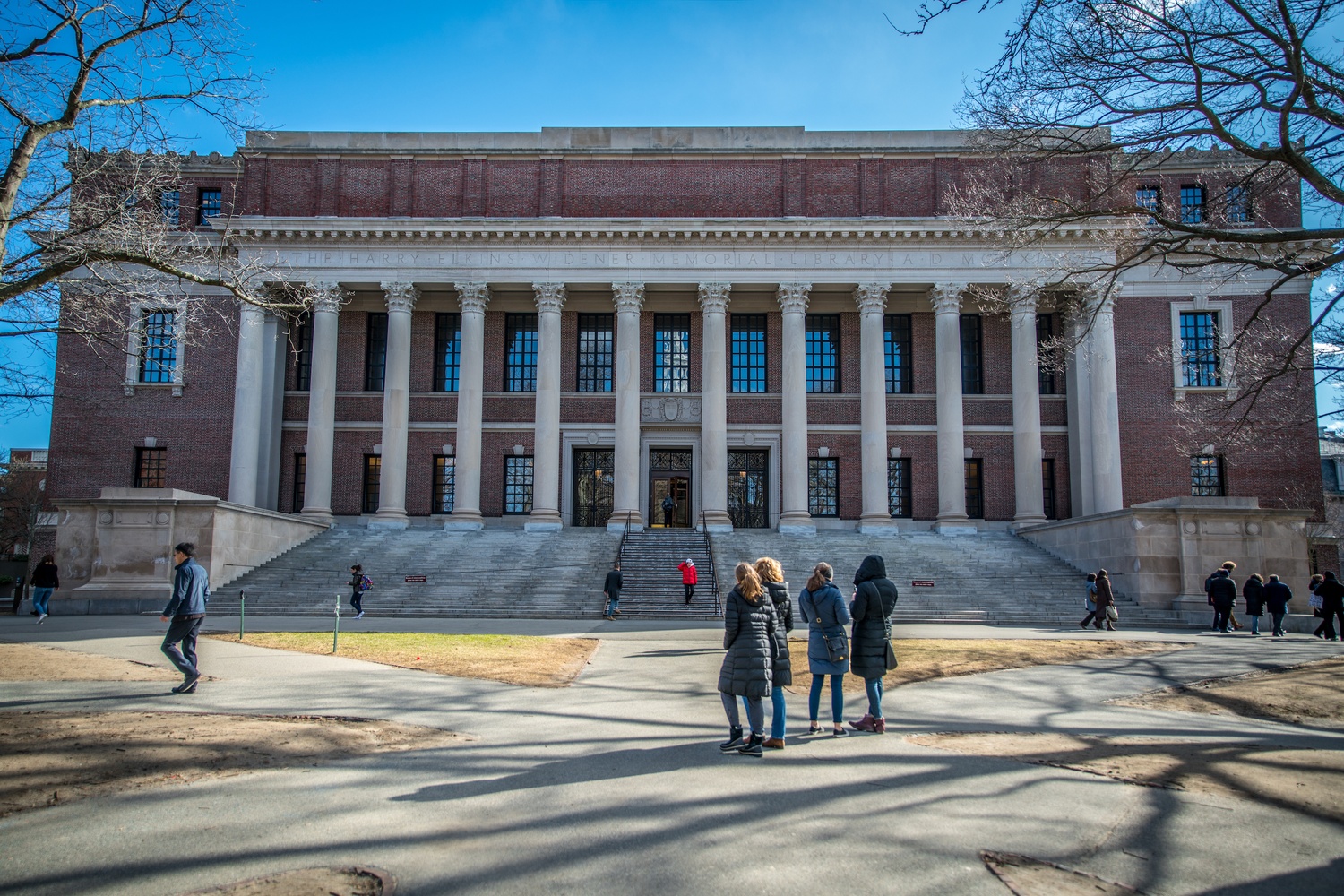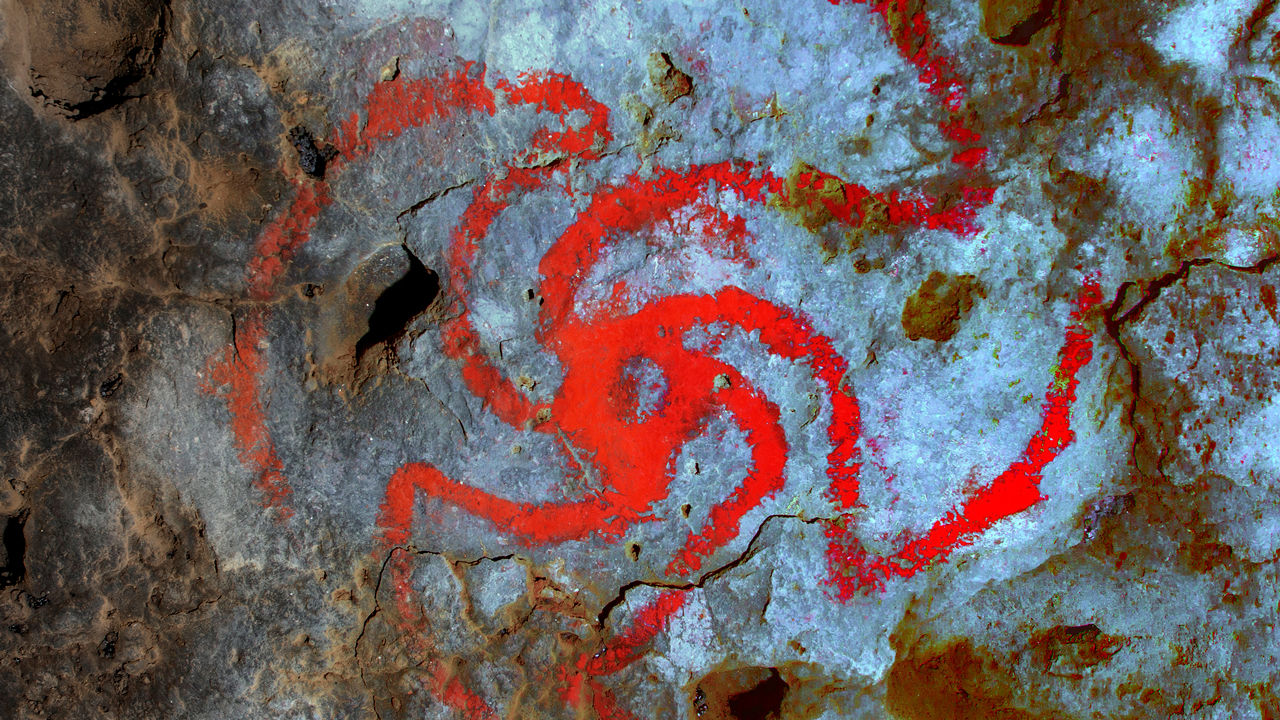LOS ANGELES – After being ravaged by wildfires, California has won a temporary reprieve. Temperatures plummeted, rain pelted much of the state, and snow dusted the mountains in the past week. Cooler weather, however, is little comfort to firefighters who know the state is still in the prime of what many still call fire season.
Firefighters, however, are determined not to call it that. “We are trying to break away from the terminology,” said Battalion Chief Issac Sanchez, spokesman for the California Department of Forestry and Fire Protection, or Cal Fire. “There really wasn’t a flip of the switch.” In the past, Southern California’s fire season ran from about May or June to November, he said. Now, it seems like wildfires can break out just about anytime of the year.
But the worst blazes are still reserved for July and August when the state is baking, then later in the fall when the flames are pushed by hot, dry, and capricious winds – Santa Anas in the south and the Diablos in the north. This is the worst year ever for wildfires. Five of the six of the largest wildfires in California history started in August and September. Collectively, […]


Add a comment






